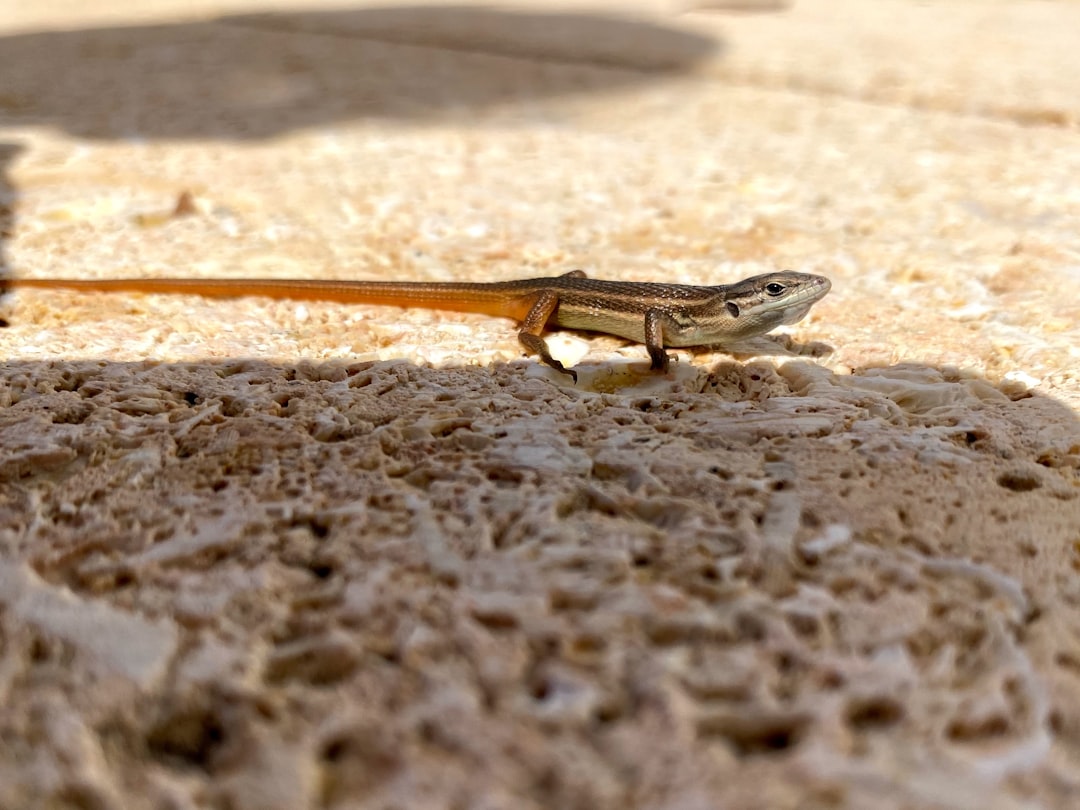What is it about?
Multiple paternity might entail important benefits for species, such as higher reproductive success or higher genetic diversity. Thus, it can constitute an important strategy for those species displaying viviparity, in which brood sizes are usually reduced and the reproductive costs are generally high, making of reproductive failures especially costly. However, to understand the evolutionary relationship between viviparity and multiple mating, we need to unveil patterns of paternity in viviparous species. In this sense, reproductive polymorphism of sister species, North African salamander and the European fire salamander, makes them an interesting system to study changes in mating system during reproductive shifts. They present two differentiated reproductive strategies across their distribution. While most of their populations display larviparity, and females deliver aquatic larvae, a few populations have evolved pueriparity, and females give birth to fully terrestrial juveniles. The European salamander is known to present multiple paternity, but the mating strategy in the North African one is still unknown. In the present study we confirm the existence of multiple paternity in the latter, which, together with the previous information in its sister European species, confirm that multiple mating as an important strategy in urodele species that have evolve pueriparity.
Featured Image

Photo by Ugur Akdemir on Unsplash
Read the Original
This page is a summary of: Multiple paternity in the pueriparous North African fire salamander, Salamandra algira, supports polyandry as a successful mating strategy in low fecundity Salamandra lineages, Amphibia-Reptilia, October 2021, Brill,
DOI: 10.1163/15685381-bja10075.
You can read the full text:
Contributors
The following have contributed to this page










